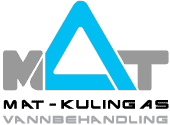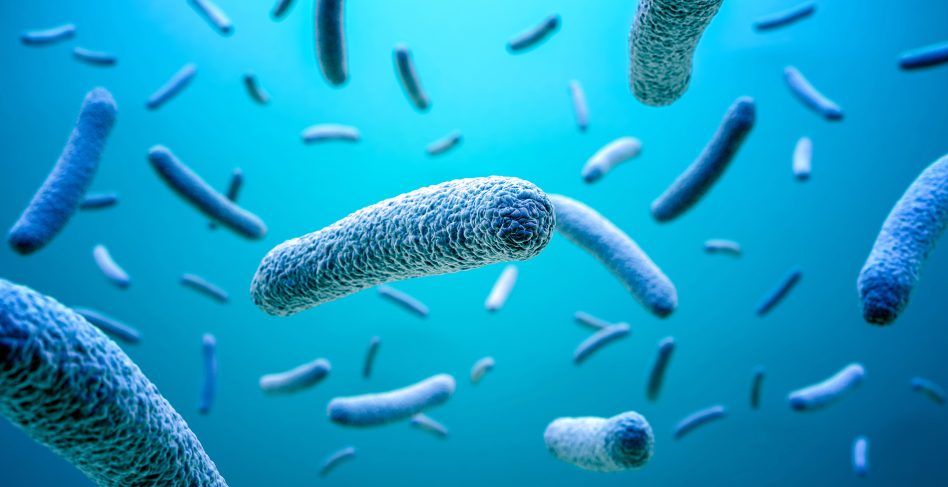Waterborne diseases are a significant global health concern, with millions of people affected every year. As a result, water treatment has become an essential part of public health infrastructure. One of the most effective methods of disinfecting water is through ultraviolet (UV) radiation, which eliminates harmful pathogens without the use of chemicals. UV disinfection systems are widely used in water treatment plants, wastewater treatment facilities, and even in household water purification units. This article explores the different types of UV disinfection systems and the crucial role that wavelength plays in the effectiveness of these systems.
The Basics of UV Disinfection
Ultraviolet disinfection works by exposing water to UV light, which damages the DNA or RNA of microorganisms, rendering them unable to reproduce and thereby inactivating them. The effectiveness of UV disinfection is highly dependent on the wavelength of the UV radiation, the intensity of the light, and the exposure time. The UV spectrum is divided into several categories, but for water treatment purposes, UV-C (200-280 nm) is the most relevant.
Importance of Wavelength in UV Disinfection
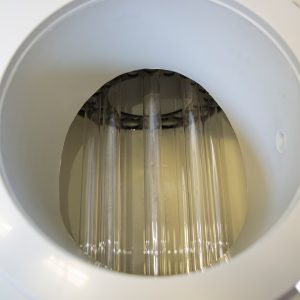
The wavelength of the UV radiation is a critical factor in its ability to disinfect water. UV-C, particularly at a wavelength of around 254 nm, is the most effective at inactivating microorganisms. This wavelength is absorbed by the DNA and RNA of the pathogens, leading to the formation of thymine dimers in DNA, which prevent replication.
Other UV wavelengths, such as UV-A (315-400 nm) and UV-B (280-315 nm), are less effective for disinfection purposes.
The wavelength of the UV light is a crucial factor in the system’s effectiveness, with the 254 nm wavelength being optimal for microbial inactivation. As technology advances, UV disinfection systems continue to evolve, becoming more efficient and capable of addressing a broader range of water quality challenges, thus playing a critical role in protecting public health worldwide.
Advantages and Limitations of UV Disinfection
Advantages:
- Chemical-Free: UV disinfection does not require the addition of chemicals, which means there are no harmful byproducts or chemical residues in the treated water.
- Effective Against a Broad Range of Microorganisms: UV disinfection is effective against bacteria, viruses, protozoa, and some spores, including chlorine-resistant organisms like Cryptosporidium and Giardia.
- Fast and Efficient: UV systems can disinfect water in a matter of seconds, making them suitable for high-flow applications.
- Environmental Impact: UV disinfection systems have a lower environmental impact compared to chemical disinfection methods.
Limitations and Mitigations:
- Effectiveness Dependent on Water Quality: The presence of particles, turbidity, and dissolved substances in the water can reduce the effectiveness of UV disinfection by shielding pathogens from the UV light. Because of this reason MAT Kuling recommends proper filtration solution aling with UV in many cases, to avoid this limitation. In addition to that automatic quartz cleaning option is recommended for by MAT-KULING in many application.
- Energy Consumption: While low-pressure systems are energy-efficient, high-intensity and medium-pressure systems can consume more energy, increasing operational costs. That is the reasoning why MAT-KULING focuses on units with ow-pressure for aquaculture applications.
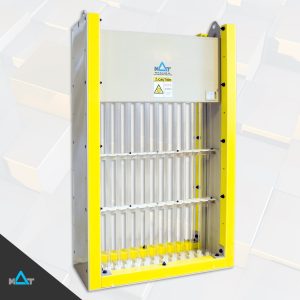
UV-C in Water Disinfection
UV-C light, specifically in the 200-280 nm wavelength range, is the most effective type of ultraviolet radiation for water disinfection. Within this range, the wavelength around 254 nm is particularly potent in inactivating microorganisms. UV-C light works by penetrating the cell walls of bacteria, viruses, and other pathogens and disrupting their DNA or RNA.
This disruption prevents the microorganisms from replicating, effectively rendering them harmless. UV-C is highly effective against a broad spectrum of pathogens, including those that are resistant to chemical disinfectants, such as Cryptosporidium and Giardia. However, the effectiveness of UV-C disinfection can be influenced by the clarity of the water, as particles or dissolved substances can absorb or scatter the UV light, reducing its ability to reach and inactivate pathogens.
MAT-KULING UV-C Systems
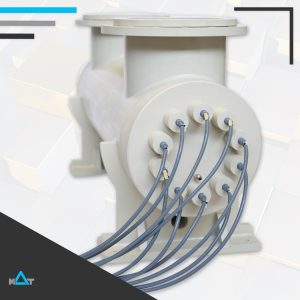
MAT-KULING UV-C systems are a leading example of advanced UV-C technology in water treatment. These systems are designed to deliver high-intensity UV-C radiation at the optimal wavelength of 254 nm, ensuring maximum disinfection efficiency. MAT-KULING systems incorporate sophisticated features like automated cleaning mechanisms and real-time monitoring, which enhance their performance and reliability.
Additionally, these systems are engineered to handle varying water qualities, making them versatile for different applications, from municipal water treatment plants to industrial and commercial water purification needs like the aquaculture industry. By leveraging the power of UV-C light, MAT-KULING systems provide a robust solution for eliminating harmful microorganisms while maintaining the safety and quality of treated water.
MAT-KULING UV Disinfection Systems